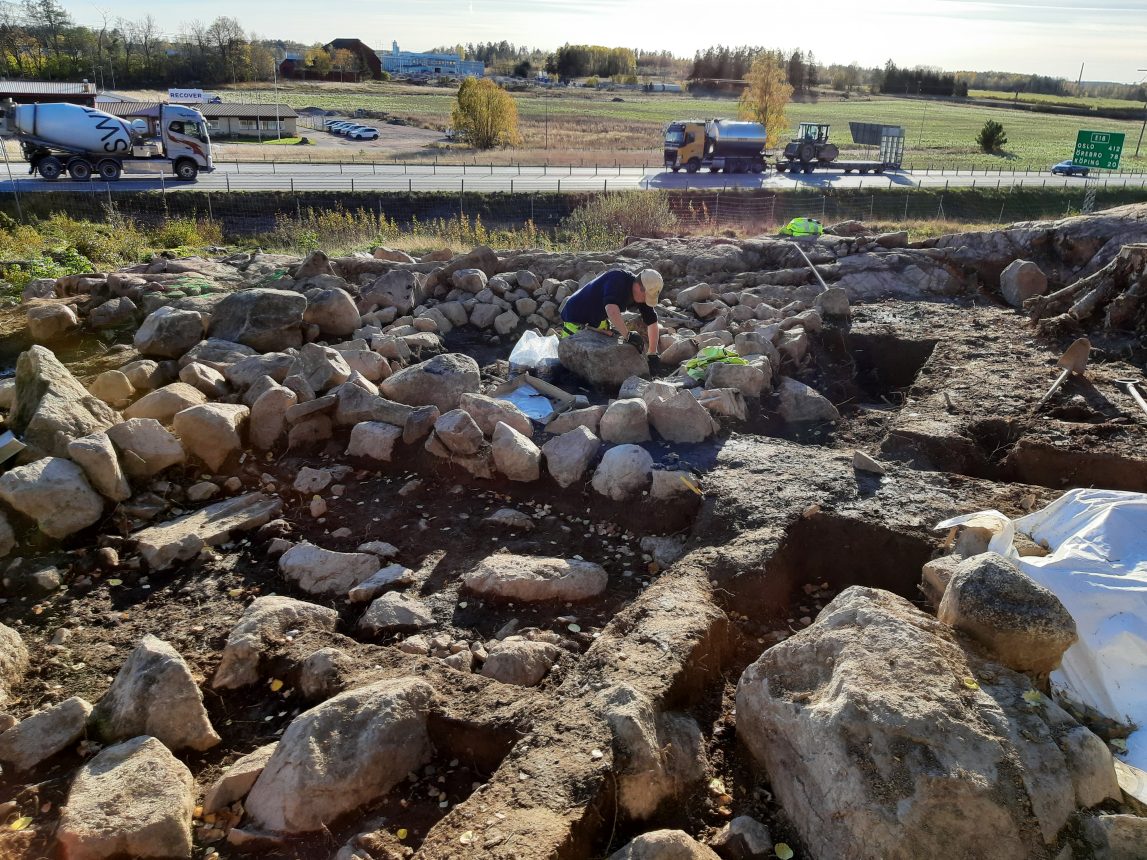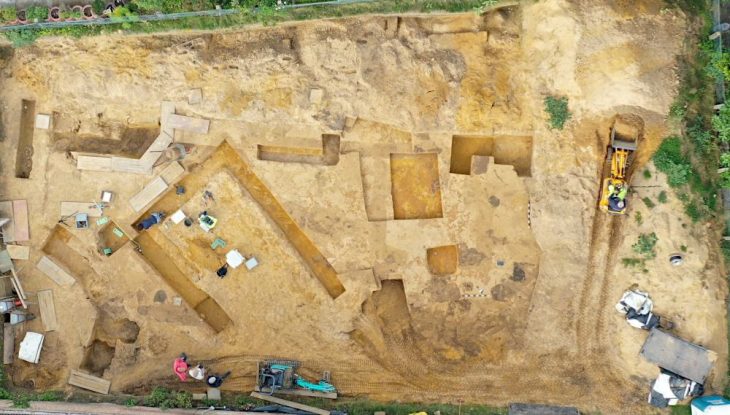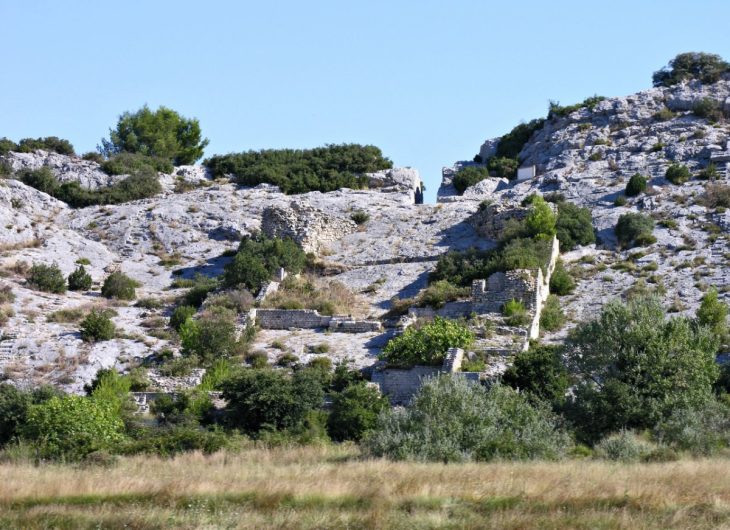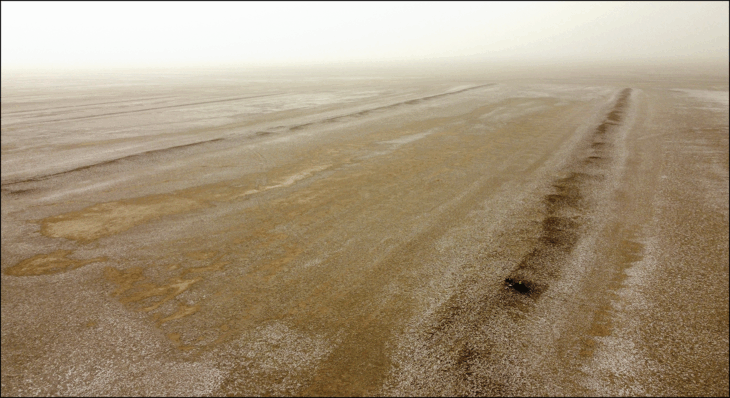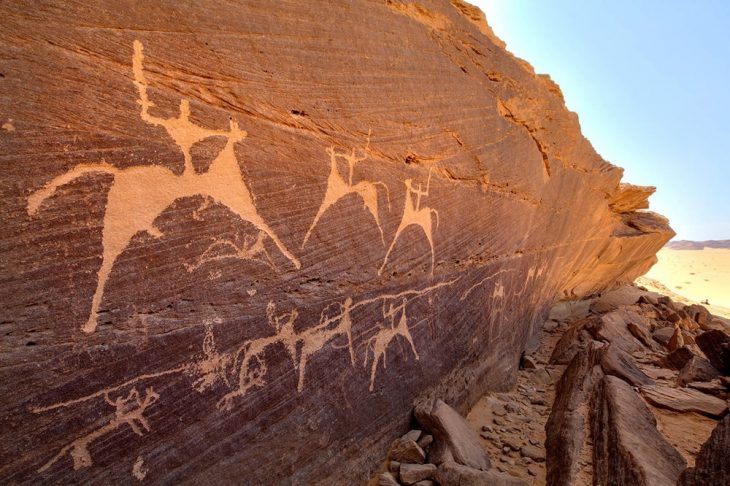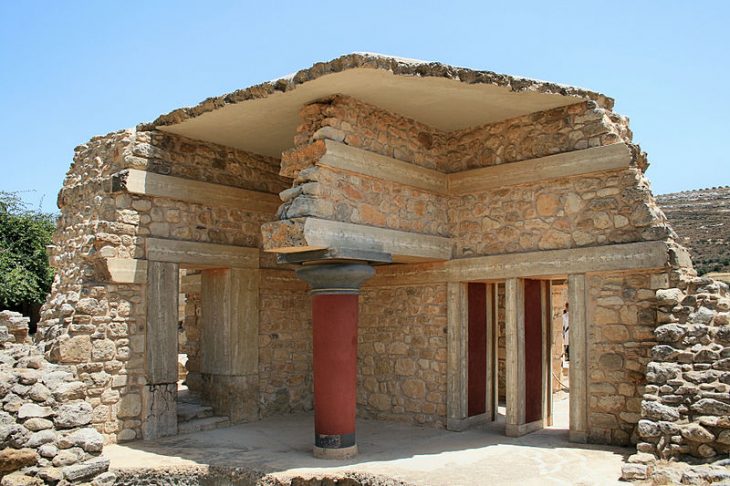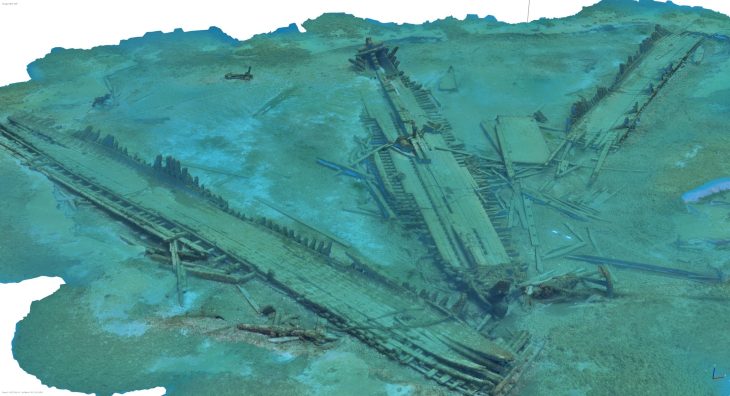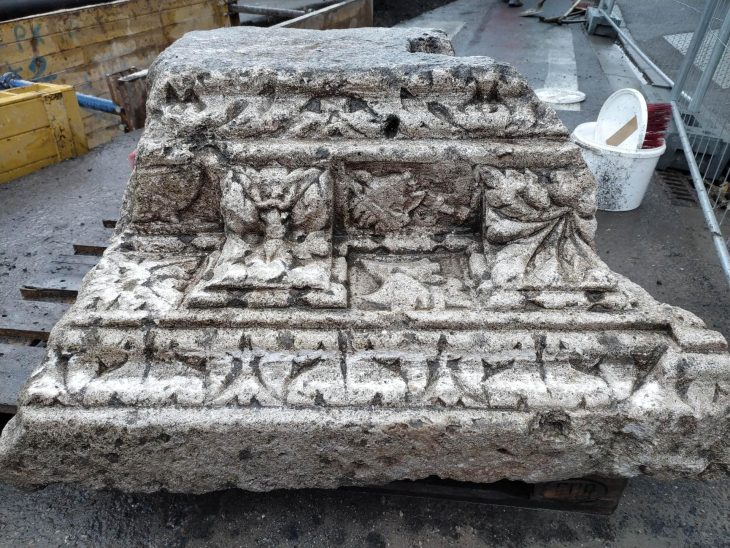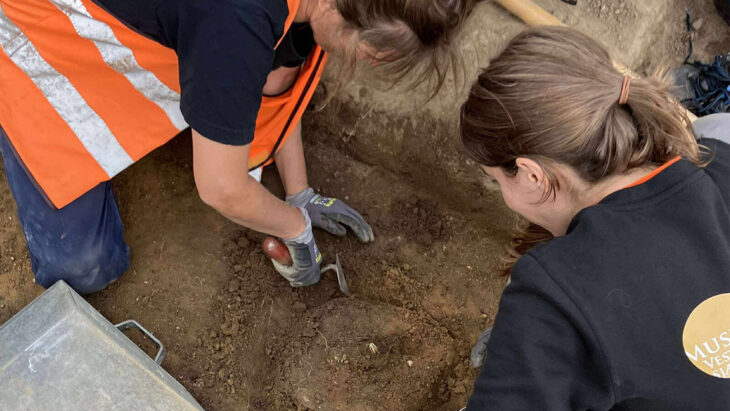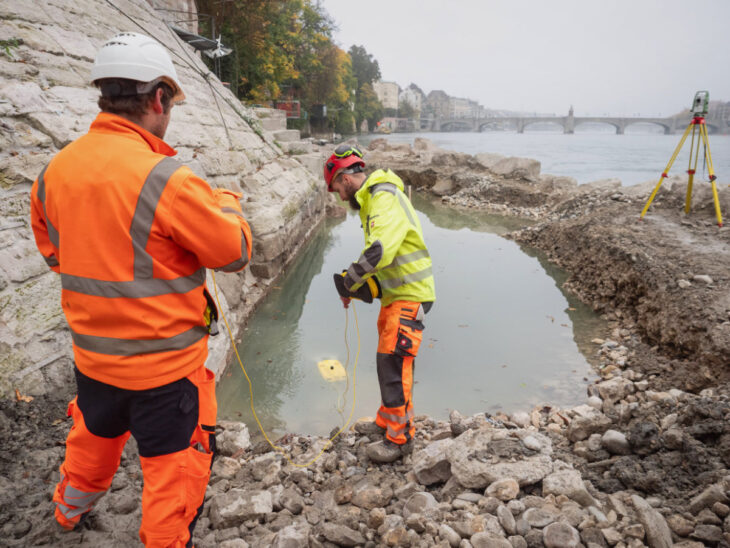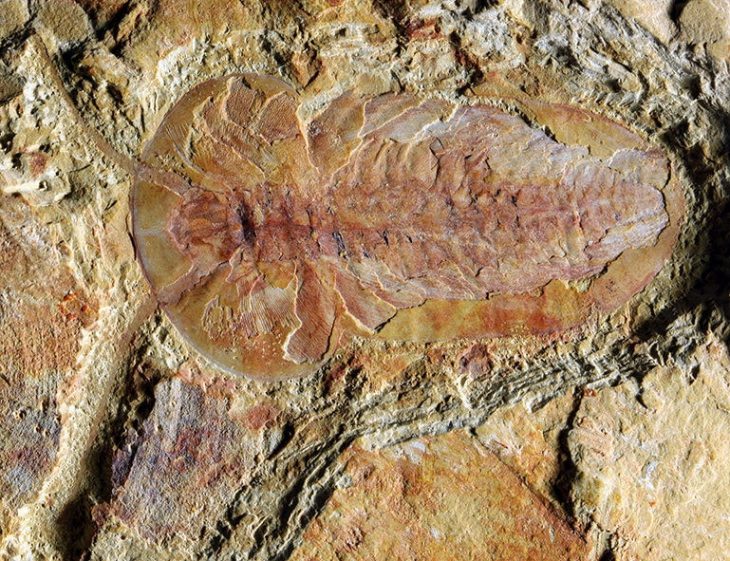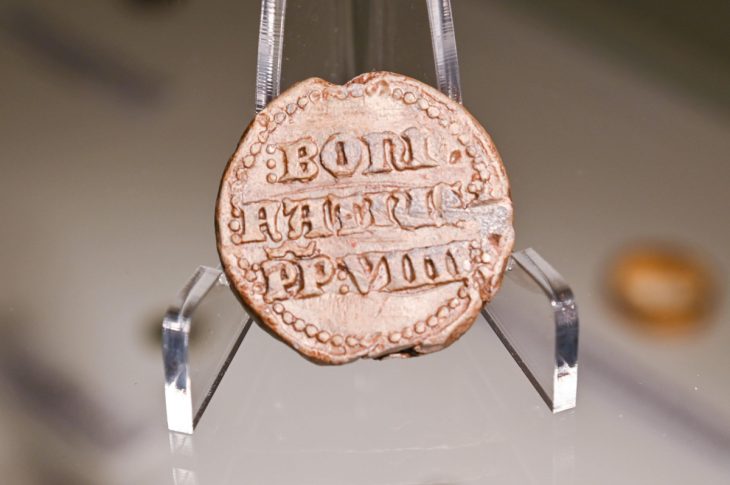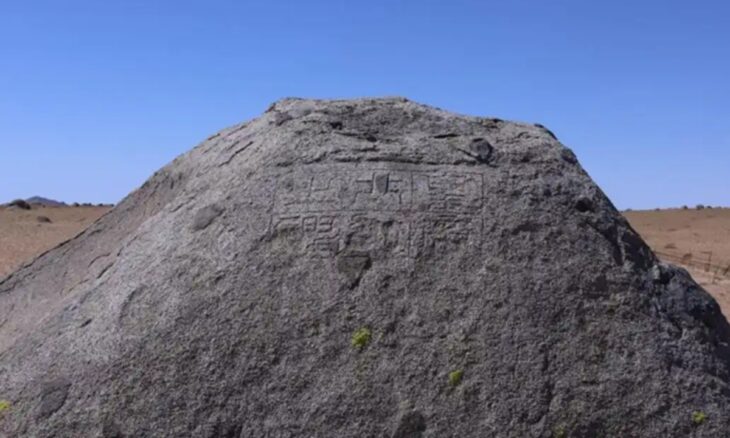Two upright swords thrust into Viking graves, strings of glittering beads, and richly decorated horse equipment have emerged from the soil of Västmanland, Sweden — treasures that are now rewriting what we know about the Viking Age.
Archaeological excavations conducted between 2021 and 2022 along the E18 motorway between Köping and Västerås have revealed a wealth of artifacts, from warrior burials to cremation platforms visible across the landscape. The findings, documented by Arkeologerna, the archaeological division of the Swedish National Historical Museums, are now presented in a new book titled Människor, möten och minnen – arkeologi längs E18 i Västmanland (People, Meetings, and Memories – Archaeology along the E18 in Västmanland).
“The sites are exciting, but the overall picture is most interesting,” says project leader Fredrik Larsson. “We now have a cross-section through several regions, allowing us to understand how society and the landscape changed over generations.”
A Landscape of Fire and Memory
Among the most remarkable discoveries is a Viking Age cremation site in Rallsta, near Hallstahammar. Here, archaeologists uncovered two large funeral pyres built on a small mountain — an imposing site designed to be seen from miles away. The ashes contained traces of people, animals, and exquisite objects: delicate glass beads, gilded ornaments, and fragments of gold sheet metal that once decorated garnet jewelry.
Larsson describes Rallsta as “a ceremonial center where the dead were honored in spectacular ways — a statement of power and remembrance visible to all who passed.”
📣 Our WhatsApp channel is now LIVE! Stay up-to-date with the latest news and updates, just click here to follow us on WhatsApp and never miss a thing!!

The Mystery of the Standing Swords
Even more enigmatic is the discovery at Viby/Norrtuna in Munktorp parish. There, Viking Age stone settings were built into an older Vendel Period burial mound, merging two eras of memory into one grand monument. Inside, archaeologists found two swords driven vertically into the earth — so forcefully that the blades had snapped.
“There are only a handful of such sites in Sweden,” says Larsson. “These standing swords may have symbolized warriors of high rank, or perhaps marked the graves of a powerful dynasty.”
One grave contained both a man and a woman, buried side by side. The pairing raises questions about their connection — companions in life, equals in death, or perhaps participants in a ritual sacrifice. Whatever their story, their resting place challenges modern assumptions about Viking gender roles and social identity.

Horses of the Afterlife
At Sylta, outside Köping, archaeologists uncovered a Viking burial ground used from the 800s to the early 1200s — one of the last sites to continue pagan burial traditions as Christianity spread across Sweden.
Nearly 30 graves from the 11th century contained horses cremated alongside their owners, adorned with magnificent harnesses, bells, and intricate bronze fittings. These were not ordinary animals, but symbols of prestige and mobility.
“The horse gear was so ornate that it almost functioned as a kind of local costume,” explains Larsson. “Even the horses had their own adornments — shining, jingling, and visible for everyone to see.”
Such discoveries reveal that horses were more than companions; they were extensions of identity, representing status, wealth, and even spiritual passage into the afterlife.
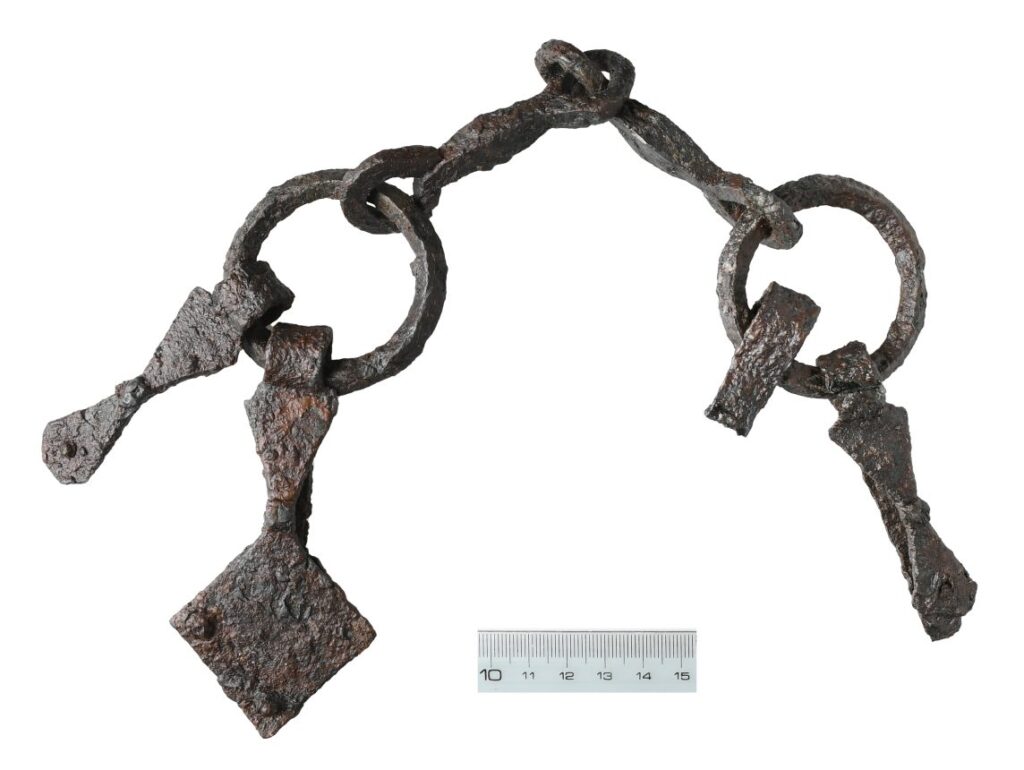
Everyday Life Beside Sacred Stone
Beyond the burials, the E18 excavations revealed traces of daily Viking life — farms, bread ovens, and iron production workshops — offering a more intimate picture of how people lived and worked a thousand years ago. One site even sat beside Västmanland’s largest rock carving in Häljesta, linking household life with ancient ritual landscapes.
Taken together, the findings form a powerful narrative of continuity and change: from pagan pyres to Christian graves, from warrior dynasties to farming communities, from ancestral ritual to everyday survival.

From Highway to History
What began as a modern infrastructure project has become one of Sweden’s most significant archaeological undertakings in recent decades. The E18 expansion unearthed not just artifacts, but stories — revealing how deeply history lies beneath the country’s roads and fields.
The results are now available to the public through Människor, möten och minnen – arkeologi längs E18 i Västmanland, funded by Trafikverket (the Swedish Transport Administration). The book can be downloaded as a free PDF or collected in print at the Västmanlands läns museum and Köpings stads museer och utställningshall.
For Larsson and his team, these discoveries are more than scientific data — they are voices from the past.
“Through these graves and artifacts,” he says, “we meet the people who once lived, worked, and dreamed here. The standing swords, the beads, the horses — they remind us that even after a thousand years, the past still speaks.”
Cover ımage Credit: Excavation along the E18. Arkeologerna

